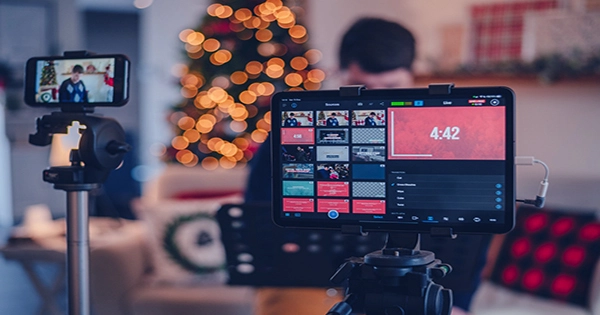The inclusive shopping market may be the most underserved segment of the e-commerce sector today. According to one estimate, it’s worth $8 trillion. It’s also not as disjointed as you may believe. More than 2.2 billion individuals, for example, have visual problems, and about half a billion have hearing problems. As a result, instead of seeing this as a checkbox to tick on their way to social responsibility, brands should see it as an opportunity. The difficulty is that, while the different organizations that develop accessibility standards, such as the W3C, are well-intentioned, their guidelines are limited and often unimaginative.
For example, most of them demand that photos be described using tags. However, no tag can predict if a scarf will look nice on a blind shopper. This problem can be solved by brands — and I’ll explain why — but not by any metadata strategy. Innovation, not norms, is required for an inclusive design that meets people where they are. It was the unacknowledged catalyst for some of the world’s most commonly utilized inventions, such as email, touchscreens, and typewriters. Regulators’ imaginations have long been surpassed by innovation and inclusive designs, which have benefited people far beyond the intended target.
Today, we may see something similar forming with live commerce, but it hasn’t been properly harnessed for this purpose yet. Live commerce, like many great concepts, starts with a basic interface that connects a digital shopper with a live person. Today, brands are employing it on a limited level to demonstrate things, answer queries, and suggest alternate solutions, much like a store assistant would. Regulators’ imaginations have long been surpassed by innovation and inclusive designs, which have benefited people far beyond the intended target.
While live commerce is not an all-encompassing solution in and of itself, when integrated with other off-the-shelf technologies, it can create a highly powerful innovation platform. Let me explain why by going over a few examples that go well beyond current accessibility guidelines. In doing so, I’ll demonstrate why addressing the greatest possible variety of skills often results in unforeseen benefits for everyone. Thanks to YouTube, most people are now familiar with live captioning, which immediately converts any sound into text. When combined with a live agent, it can create an environment where everyone, regardless of hearing capacity, can speak effortlessly with a knowledgeable agent.
When my company tested this technology in Moscow, it turned out to have considerably broader use. It came out that subways and other public spaces are notoriously noisy, making voice communication impossible. People discovered that captioning could help them overcome this throughout their commutes. The broader benefits of such technology are obvious: whether you’re shopping or not, having the choice for captioning can help you communicate in a variety of noisy environments or situations where you don’t want to be overheard.
One of the difficulties in dealing with an inclusive community is its diversity. My company, for example, currently collaborates with 16 different advocacy groups, each representing people facing unique issues. While live commerce will not be able to fix all of these problems on its own, humans are far more versatile and flexible than any technical solution we have yet devised.
Some folks, for example, may require larger graphics to view clearly. Others may require the agent to speak louder, speak slower, or provide counsel tailored to their ability. People, unlike artificial agents, can strategize with other humans, allowing them to pool their resources and come up with ideas that will work for them. This is a distinct advantage of live agents that applies to everyone, including people of various capacities.
















